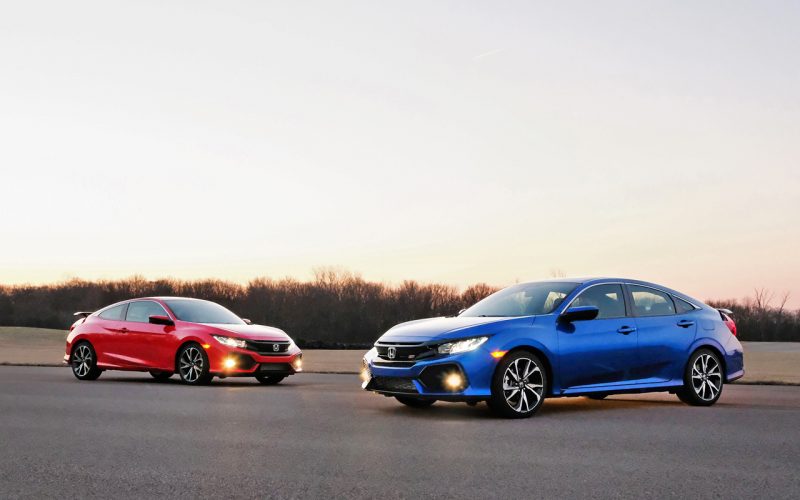
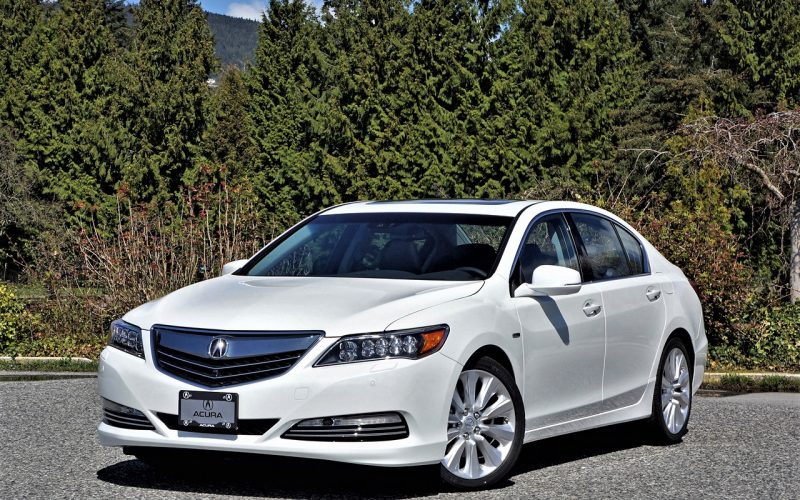
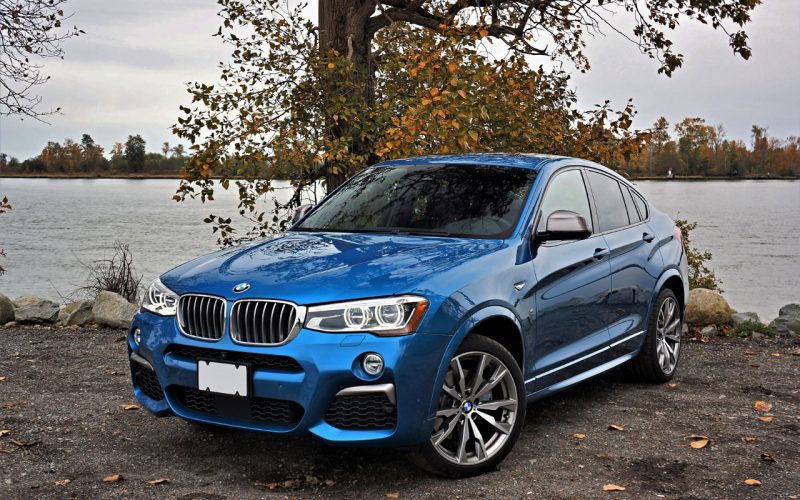
Reading Time: 3 minutesBMW is the ultimate niche filler. Seriously. The Munich-based premium marque manages to create obscure niches
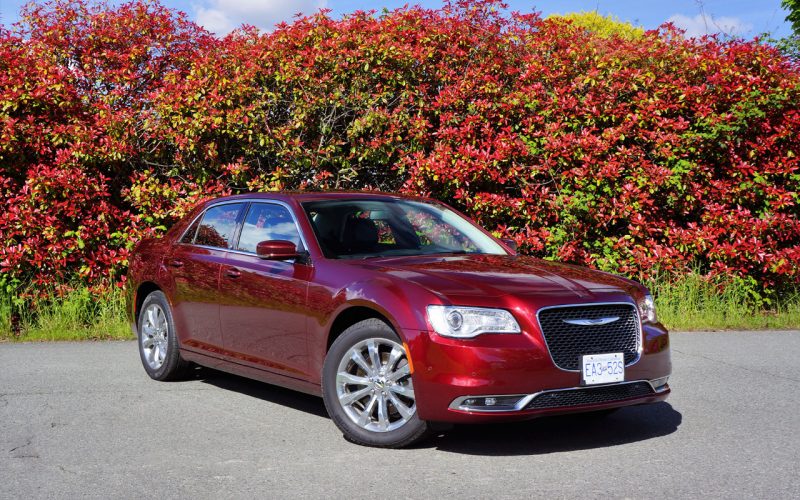
Reading Time: 6 minutesWhy does the Chrysler 300 outsell every mid- and full-size premium-branded luxury sedan as well as
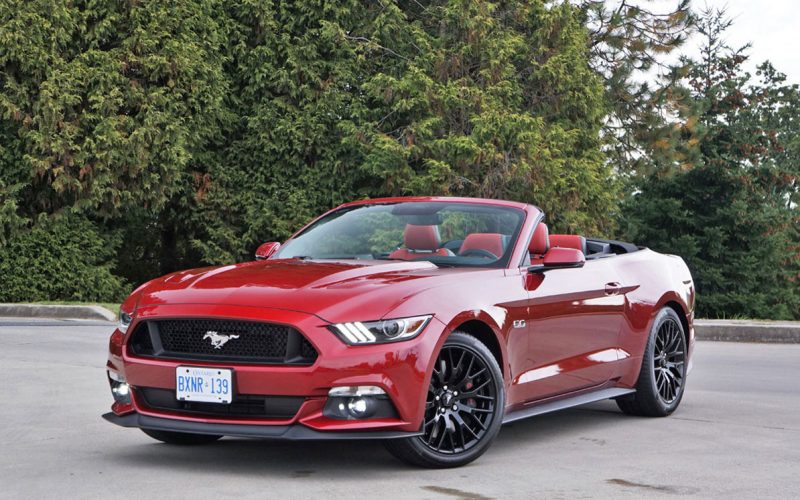
Reading Time: 3 minutesYou’d think for a car available non-stop since 1965 there’d be more than six generations to
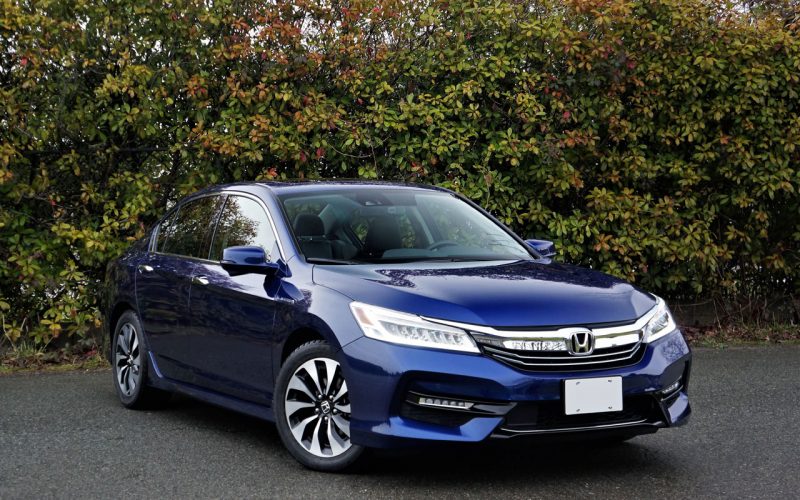
Reading Time: 4 minutesWhen you go to Honda’s retail website and click on “Hybrids” you’re presented with the 2017
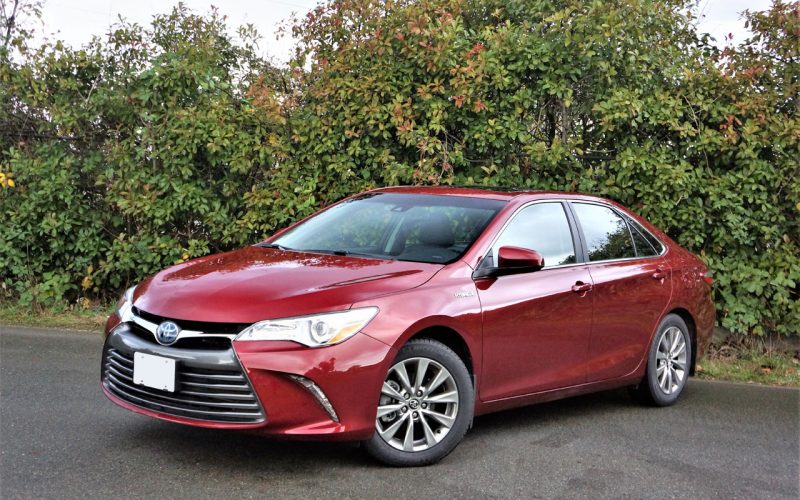
Reading Time: 6 minutesRemember when the Camry was the poster child for conservatively shaped mobile wallflowers? Its soul mission
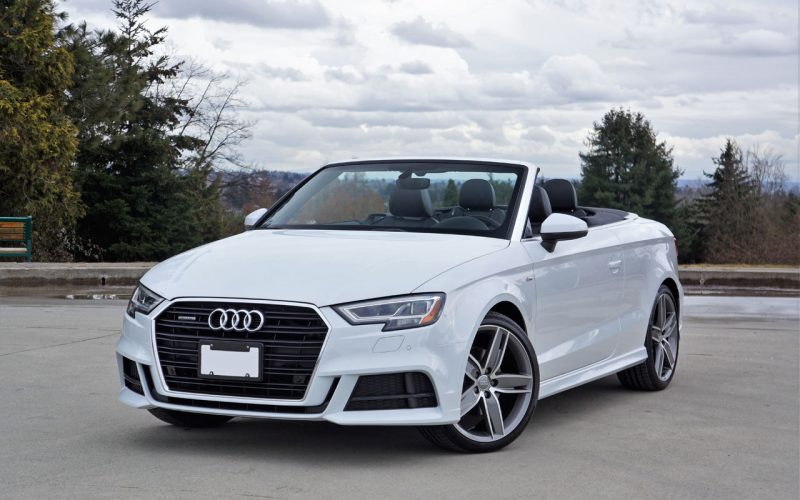
Reading Time: 7 minutesYou know you want it. Spring is here and summer is just around the corner (or
© 2025 The Car Magazine. All Rights Reserved, Privacy Policy | Terms of Use